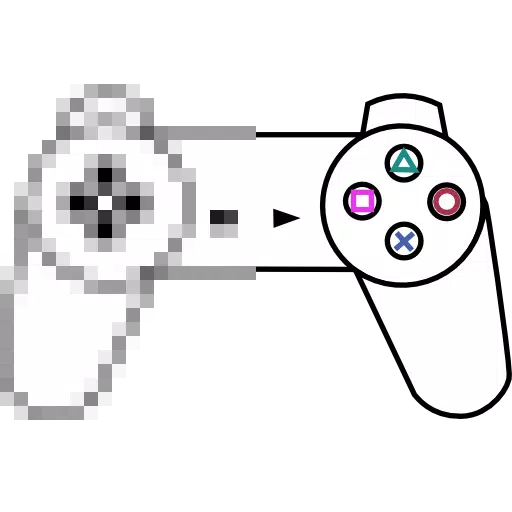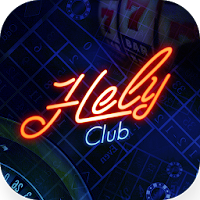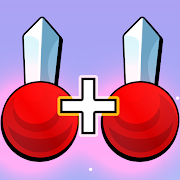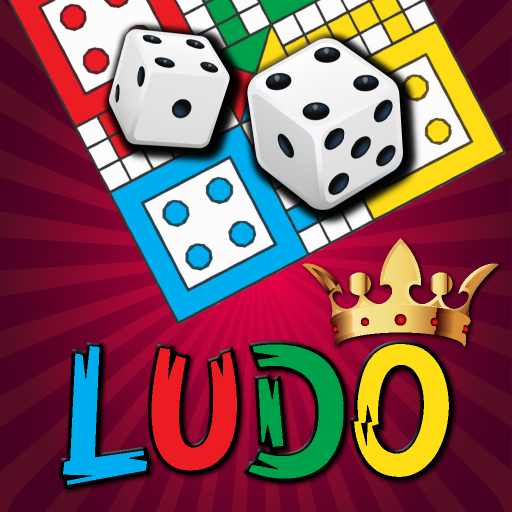Ridley Scott's Lost Dune Script Unearthed

Forty years after David Lynch's polarizing Dune adaptation premiered, a long-buried script reveals what might have been. Discovered in an obscure college archive, Ridley Scott's abandoned 1980s vision presents a darker, more mystical take on Frank Herbert's saga – featuring mutant navigators, biological hunter-seekers, and shockingly absent sandworm rides.
The Unmade Dune That Almost Was
While Denis Villeneuve's recent adaptations prioritized Herbert's critique of messianic figures, Scott's version - written by counterculture scribe Rudy Wurlitzer - ventured into psychedelic territory unseen in other adaptations. The screenplay opens with young Paul Atreides undergoing brutal Bene Gesserit training at age seven, establishing a protagonist far more ruthless than either Kyle MacLachlan or Timothée Chalamet's portrayals.
"Paul emerges as someone already embracing his terrible purpose," notes Stephen Scarlata, producer of Jodorowsky's Dune documentary. "There's none of the reluctance we see in other versions."
A Universe Unto Itself
The script's most radical departure occurs early – the Emperor's sudden death triggers Arrakis' transfer rather than political machinations. Wurlitzer defends the change to Prevue Magazine: "Sometimes adaptation means distillation rather than transcription." This version's Guild Navigators appear dramatically mutated (pre-dating their Dune Messiah introduction), plotting courses through drug-induced trances.
"Scott's fingerprints appear everywhere," observes Ian Fried, screenwriter of Legendary's Spectral. "From Bosch-inspired moisture collectors to Blade Runner-esque industrial hellscapes, his visual genius would've redefined sci-fi cinema again." The screenplay reads like a fever dream where medieval feudalism collides with space-age mysticism.
The Battle That Never Was
Action sequences showcase Scott's signature intensity – Harkonnen assassins storm Castle Caladan in a bloodbath; Paul contends with bat-like hunter-seekers; Duncan Idaho swings axes like Conan during a brutal bar brawl. "It's less space opera, more samurai western," comments Scarlata.
The script's Water of Life ceremony might have become its most iconic moment – featuring an androgynous shaman performing an erotic dance with a living sandworm before transforming its essence. Yet curiously absent is Paul's epic sandworm ride, despite Herbert specifically requesting its inclusion.
A Legacy Unfulfilled
What remains remarkable is how Wurlitzer's script – discovered among television writer Coleman Luck's papers – anticipates themes Villeneuve would explore decades later. "The ecological devastation feels palpably urgent," Fried notes. "You understand exactly why the Fremen fight."
Ultimately Scott departed for Blade Runner, leaving behind concept art including H.R. Giger's skeletal Harkonnen furniture. His unmade Dune survives as cinema's greatest "what if" – a trippy, R-rated interpretation that might have changed sci-fi forever.
-
1
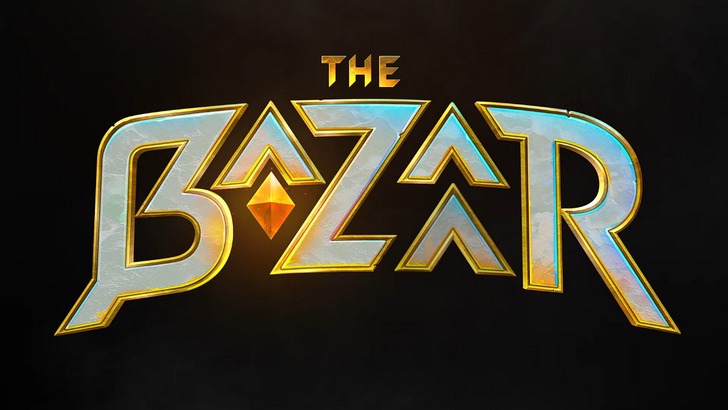
Announcing the Bazaar Release: Date and Time Unveiled
Feb 02,2025
-
2
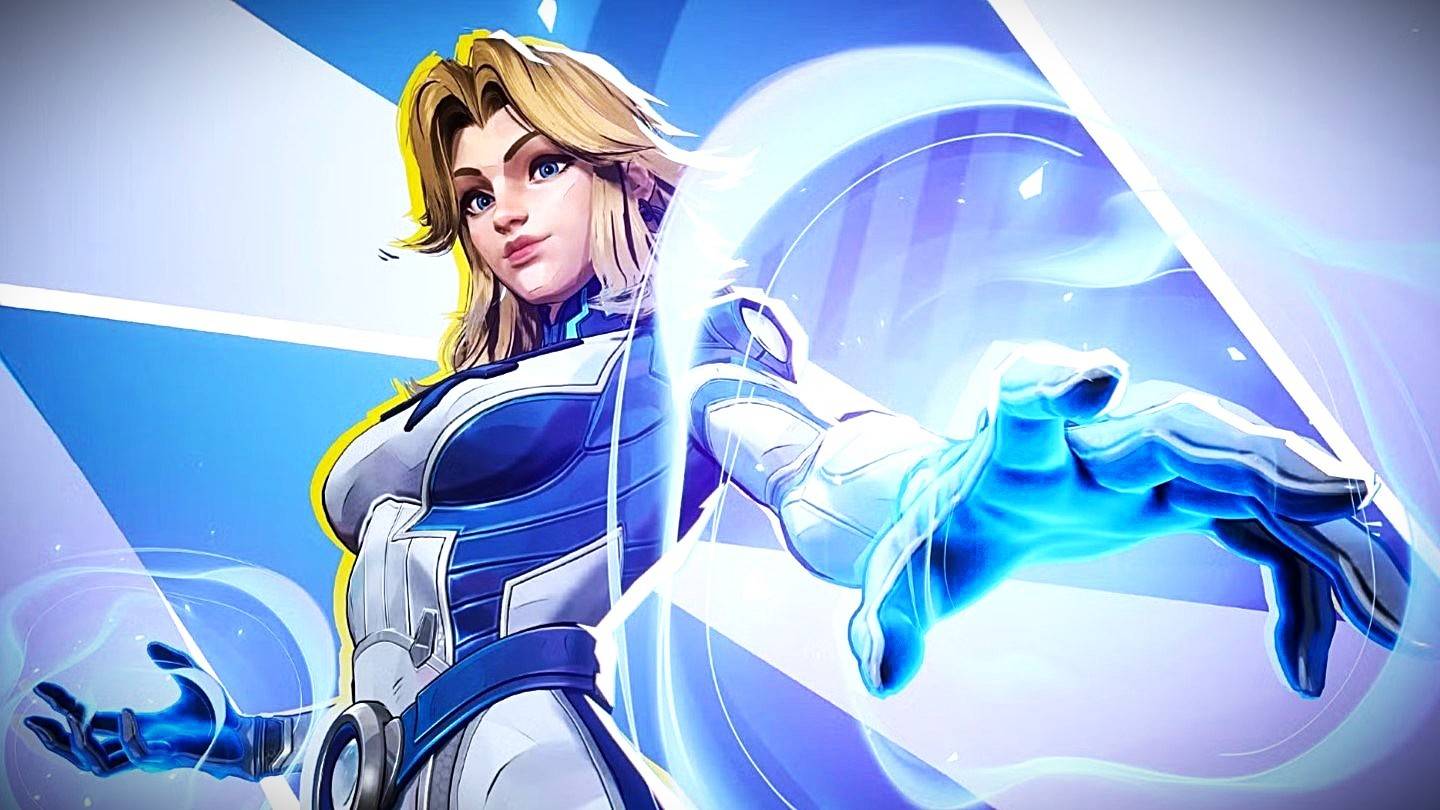
Marvel Rivals Update: News and Features
Feb 19,2025
-
3

GTA 6 Release: Fall 2025 Confirmed
Feb 23,2025
-
4
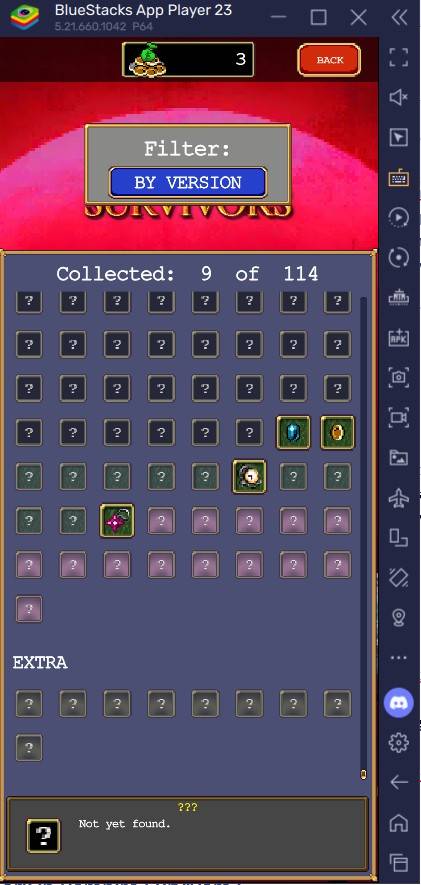
Vampire Survivors – Arcana Card System Guide and Tips
Feb 26,2025
-
5

Novel Rogue Decks Android Debut
Feb 25,2025
-
6
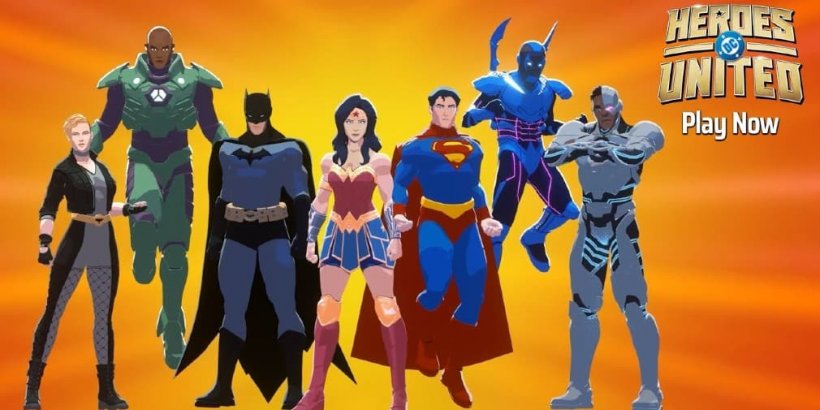
DC Heroes Unite: New Series from Silent Hill: Ascension Creators
Dec 18,2024
-
7
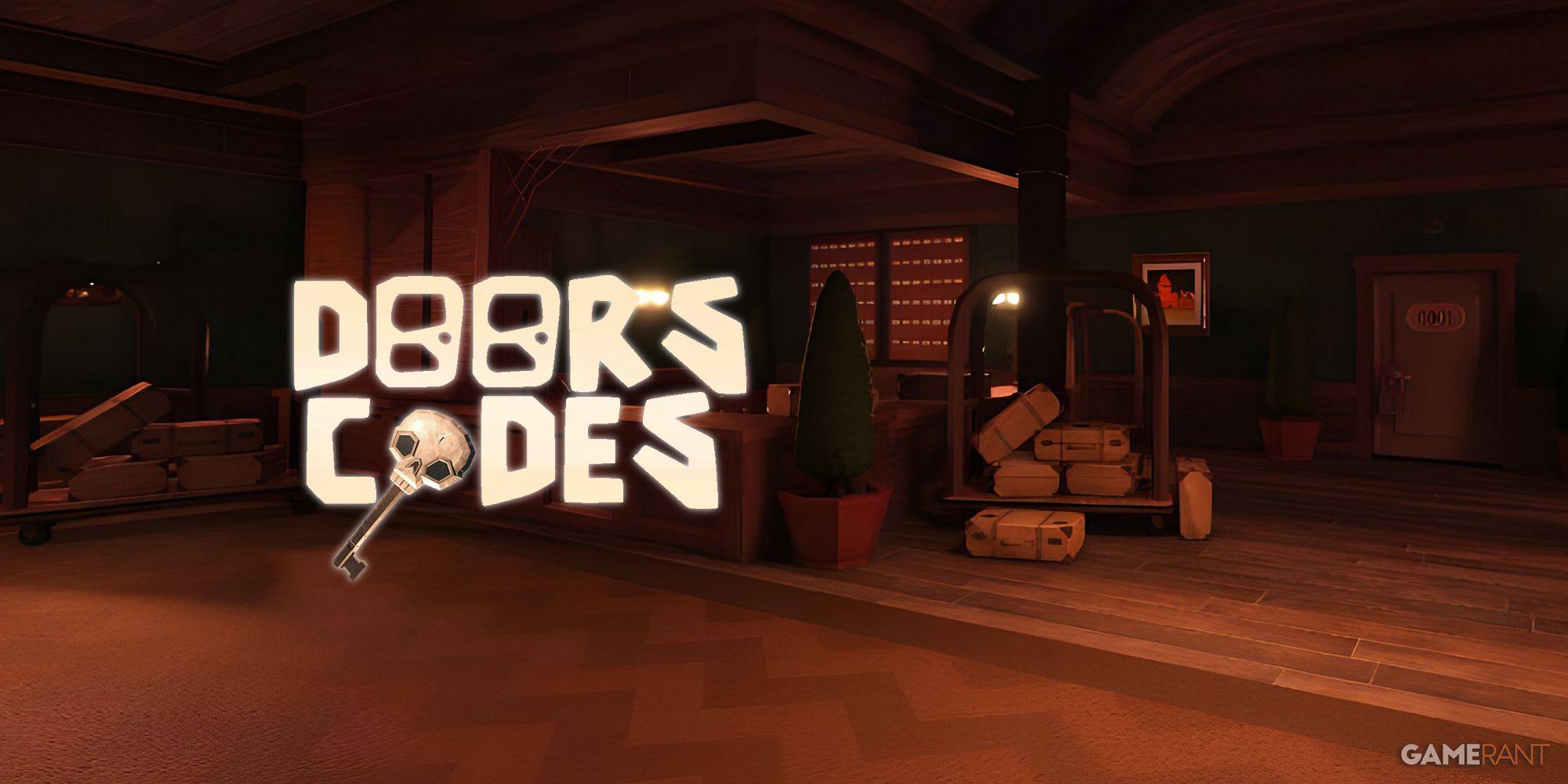
Get Exclusive Roblox DOORS Codes for January 2025
Feb 10,2025
-
8
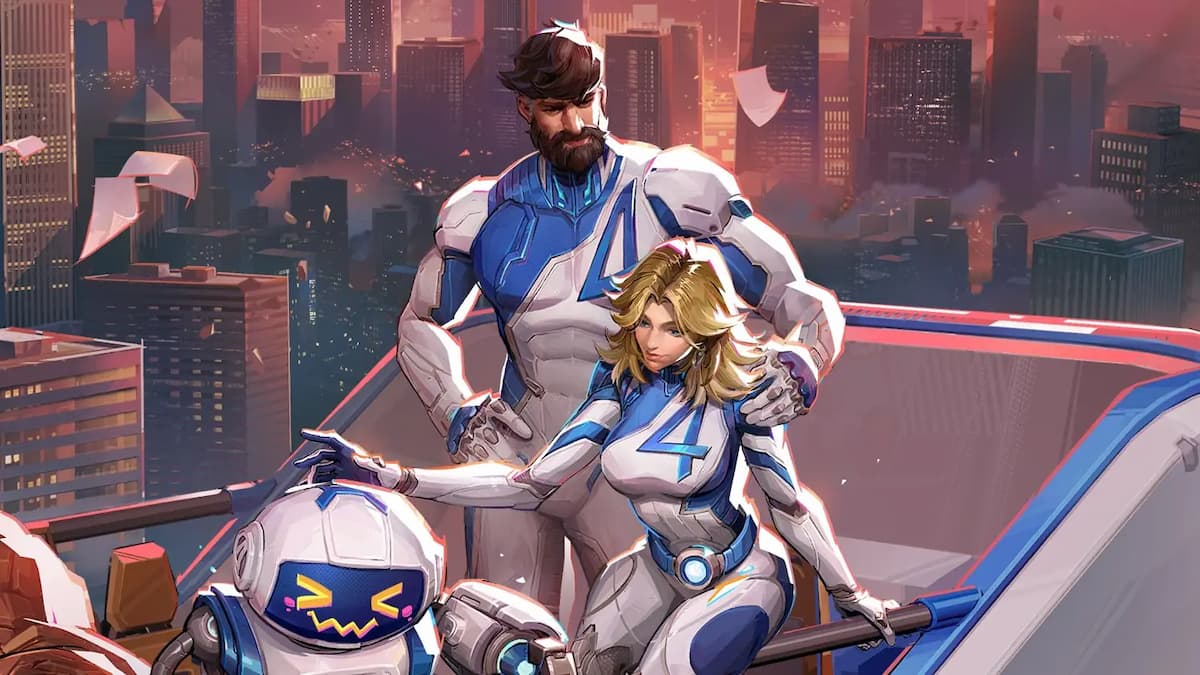
Marvel Rivals Unveils Season 1 Release Date
Feb 02,2025
-
9

WWE 2K25: Long-Awaited Return
Feb 23,2025
-
10

Anime Fate Echoes: Get the Latest Roblox Codes for January 2025
Jan 20,2025
-
Download

Street Rooster Fight Kung Fu
Action / 65.4 MB
Update: Feb 14,2025
-
Download
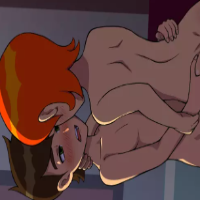
Ben 10 A day with Gwen
Casual / 47.41M
Update: Dec 24,2024
-
Download

A Simple Life with My Unobtrusive Sister
Casual / 392.30M
Update: Dec 10,2024
-
4
Mega Jackpot
-
5
Day by Day
-
6
The Lewd Knight
-
7
Translate - Voice Translator
-
8
VPN Qatar - Get Qatar IP
-
9
Chewy - Where Pet Lovers Shop
-
10
Kame Paradise



